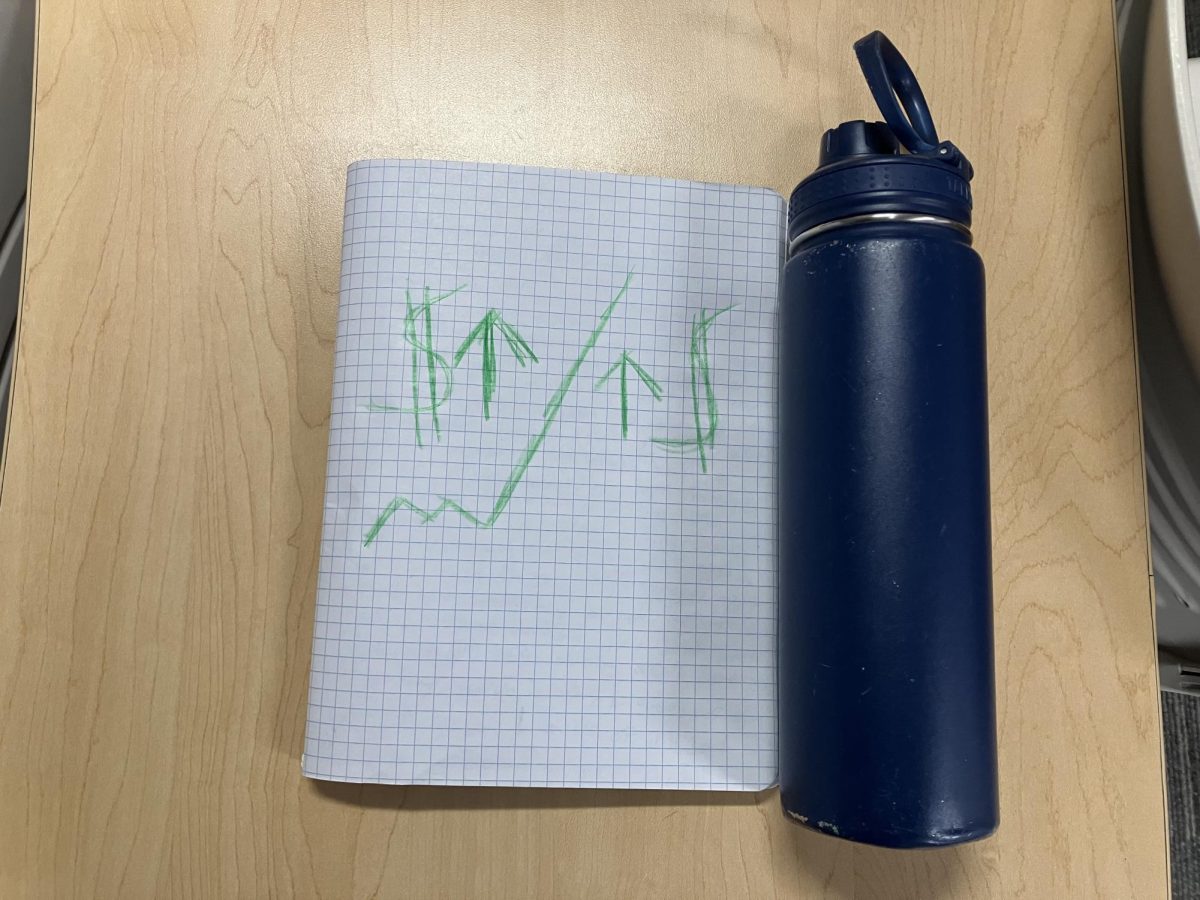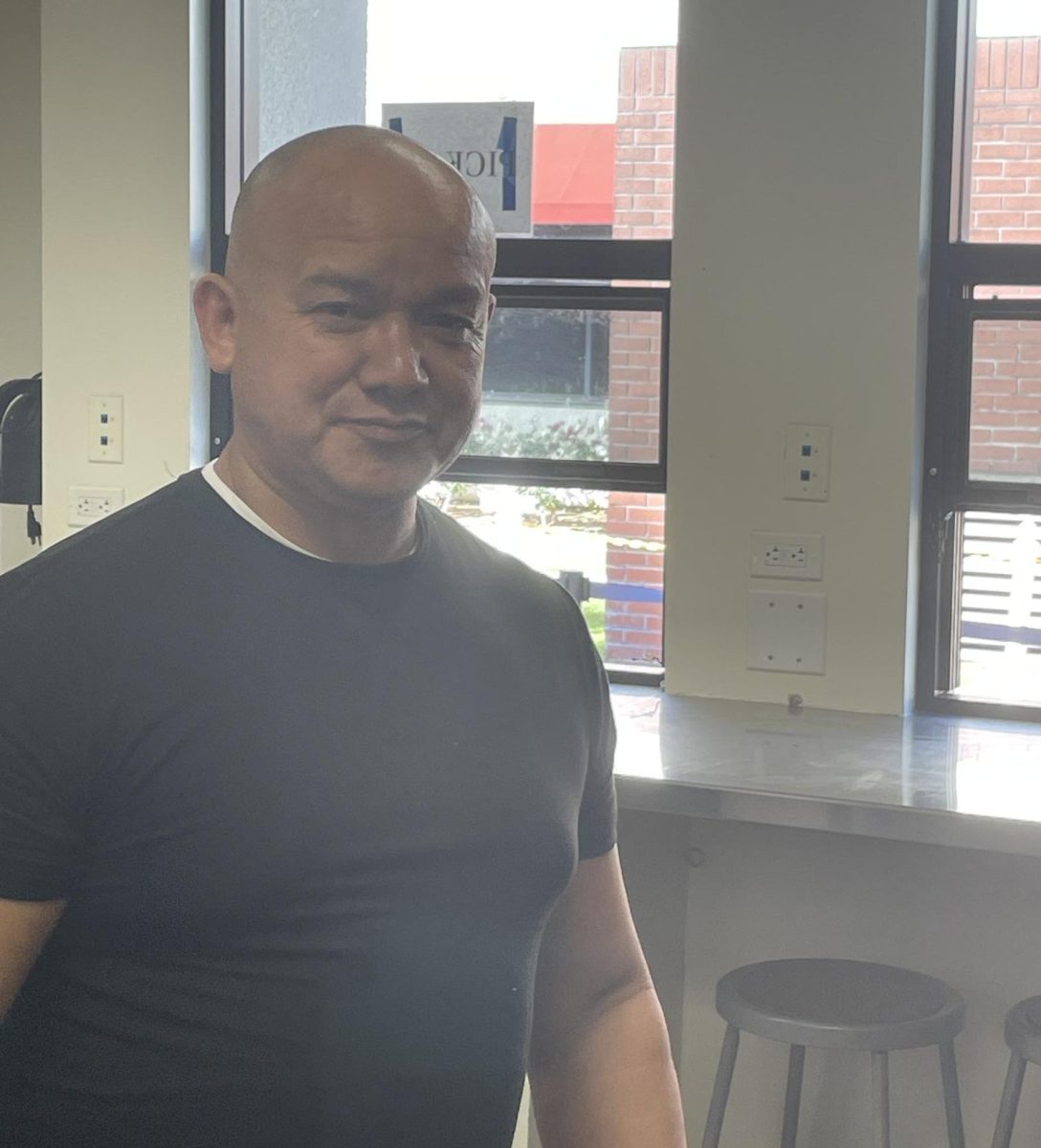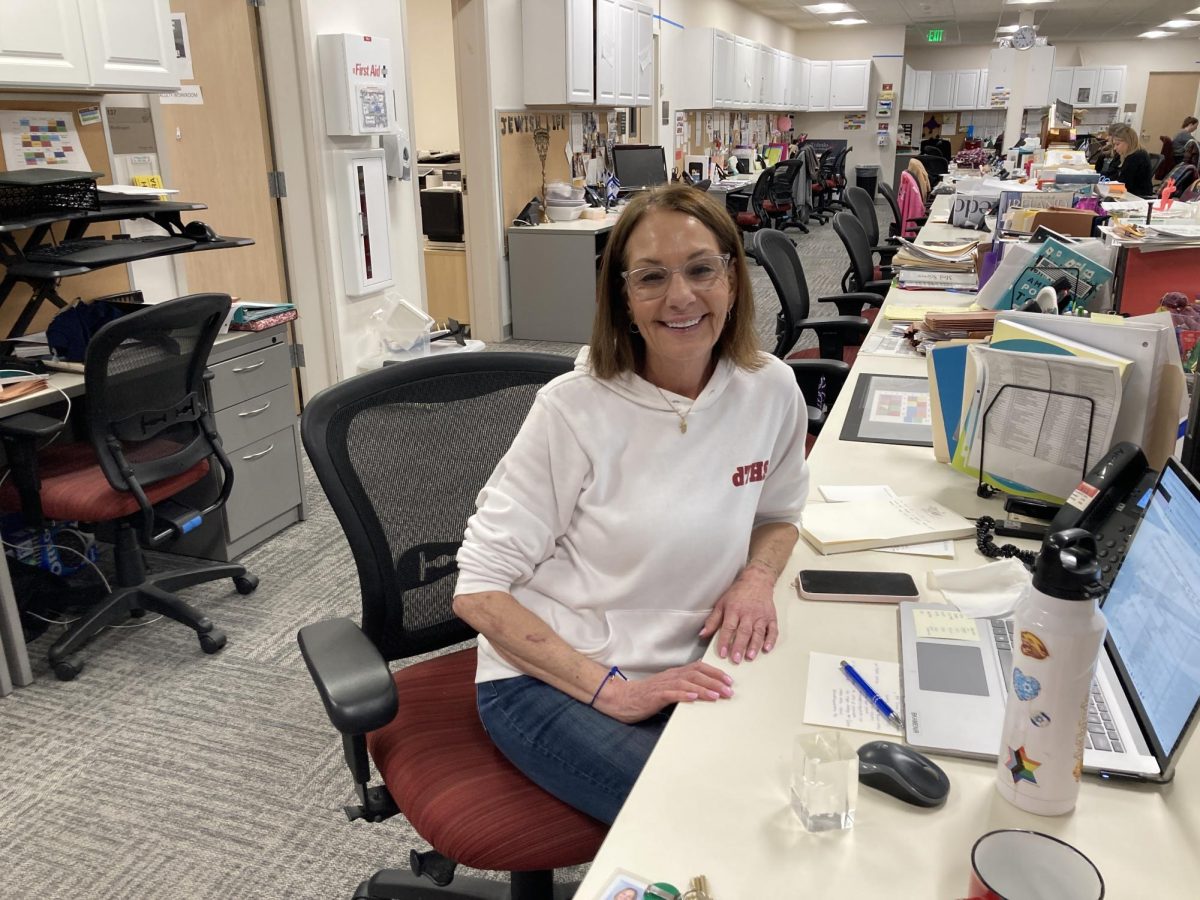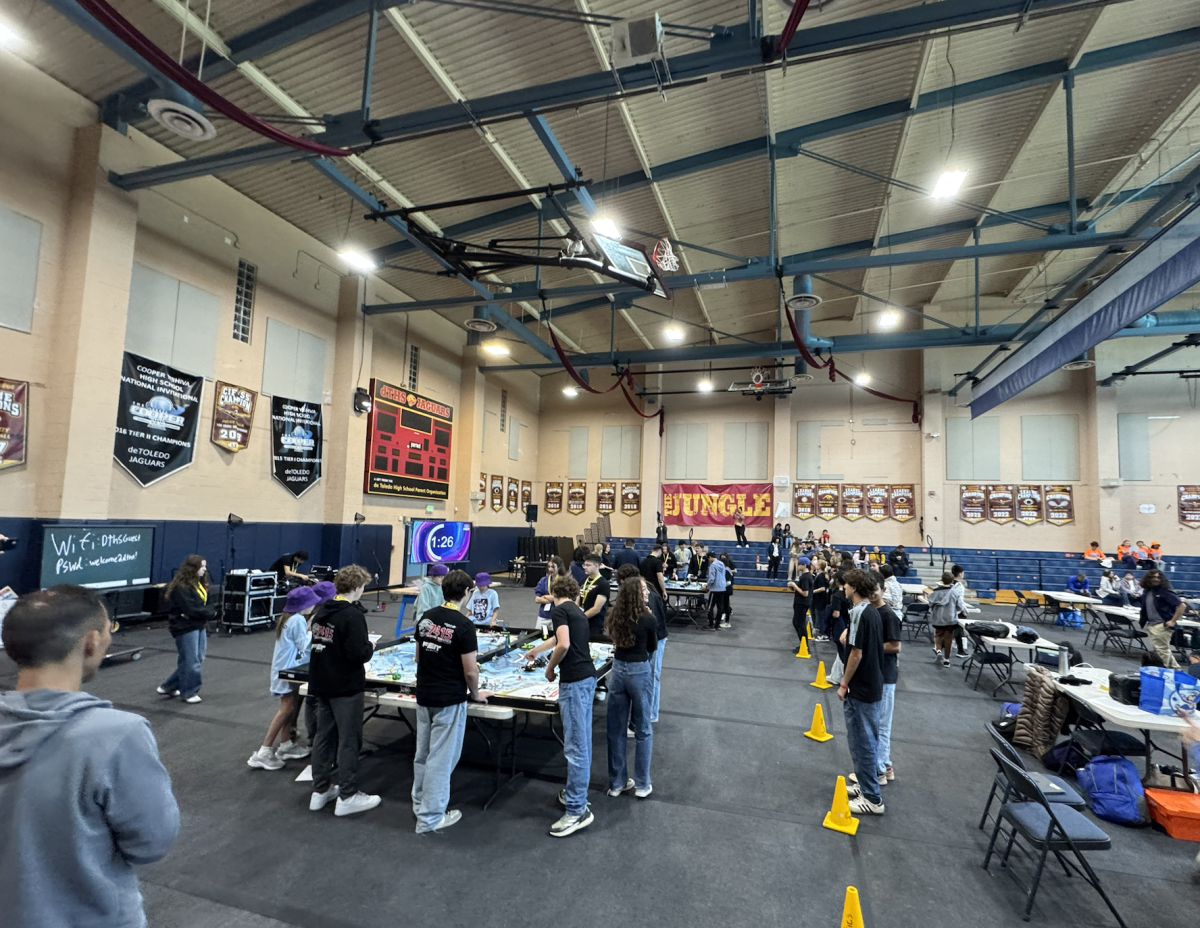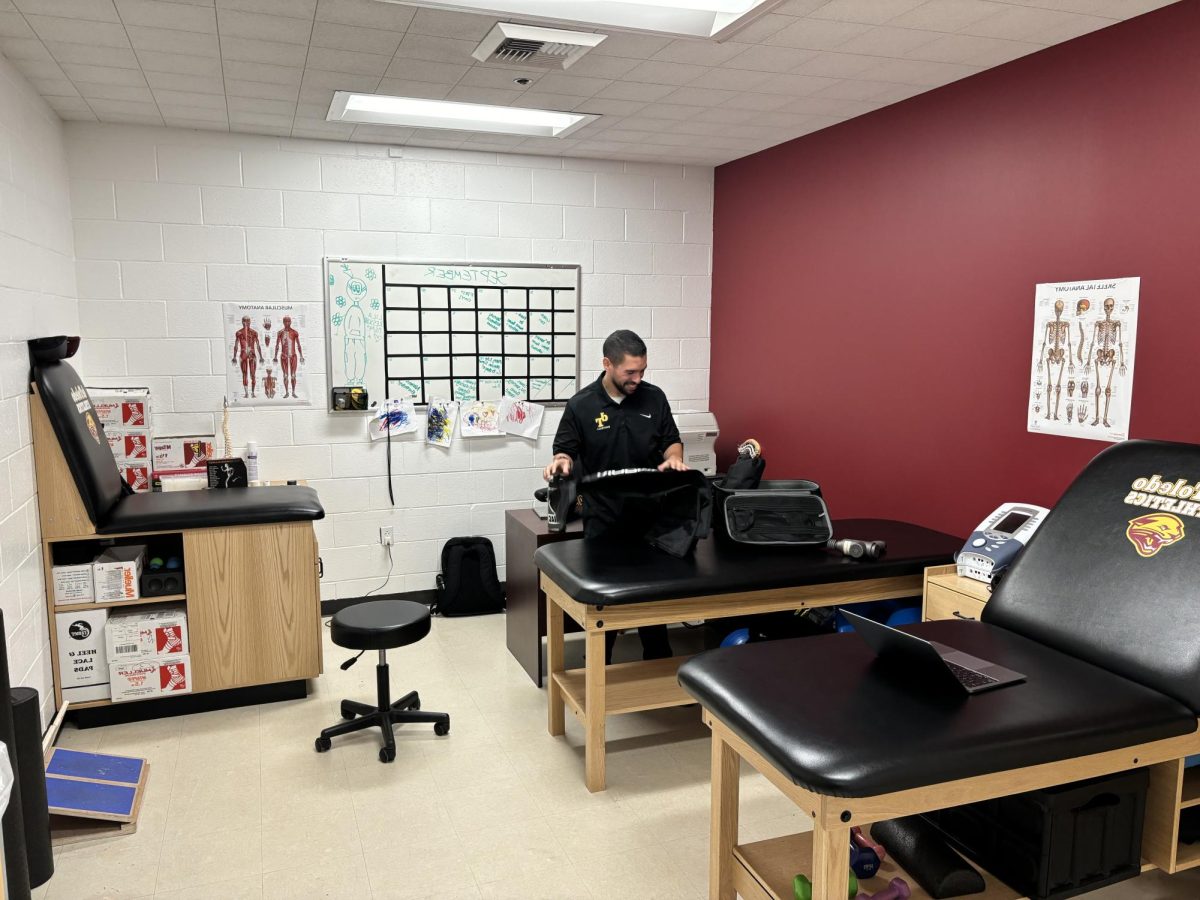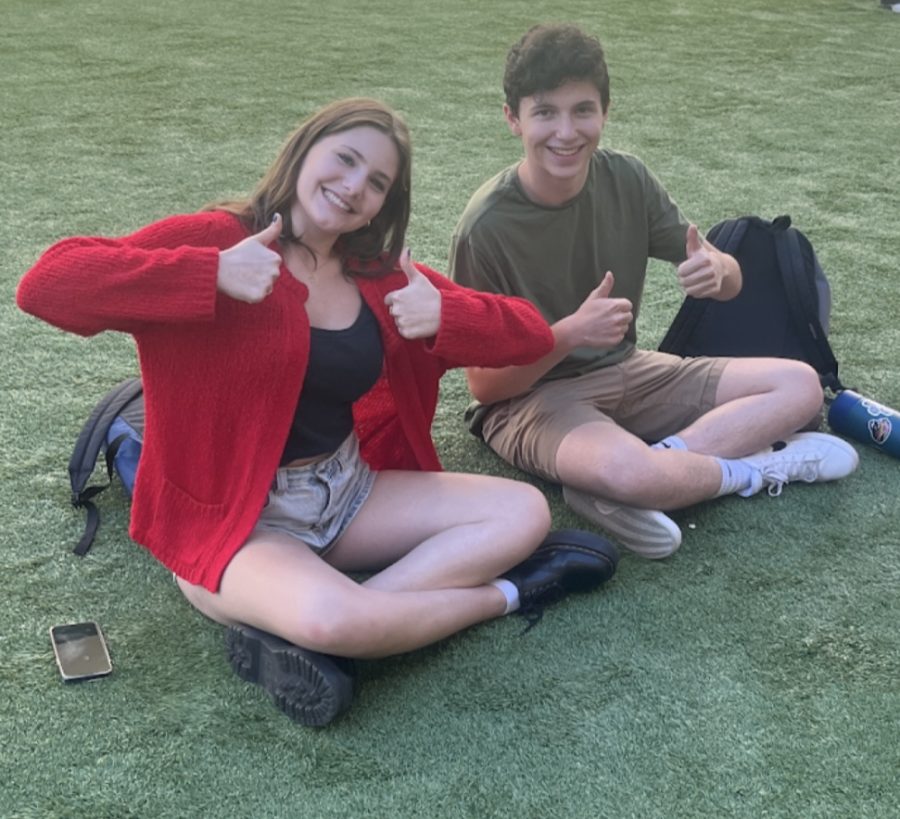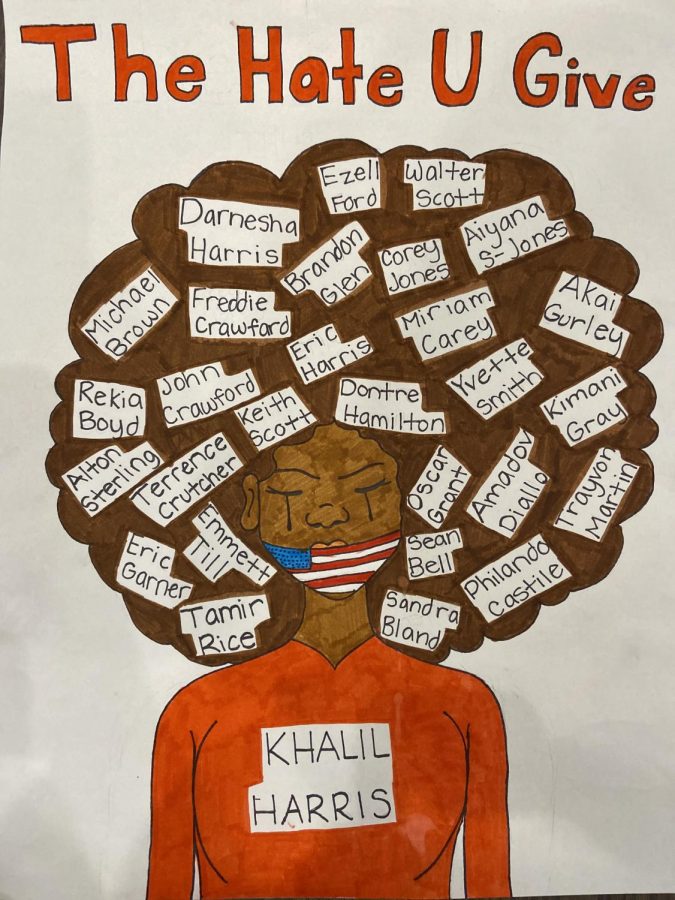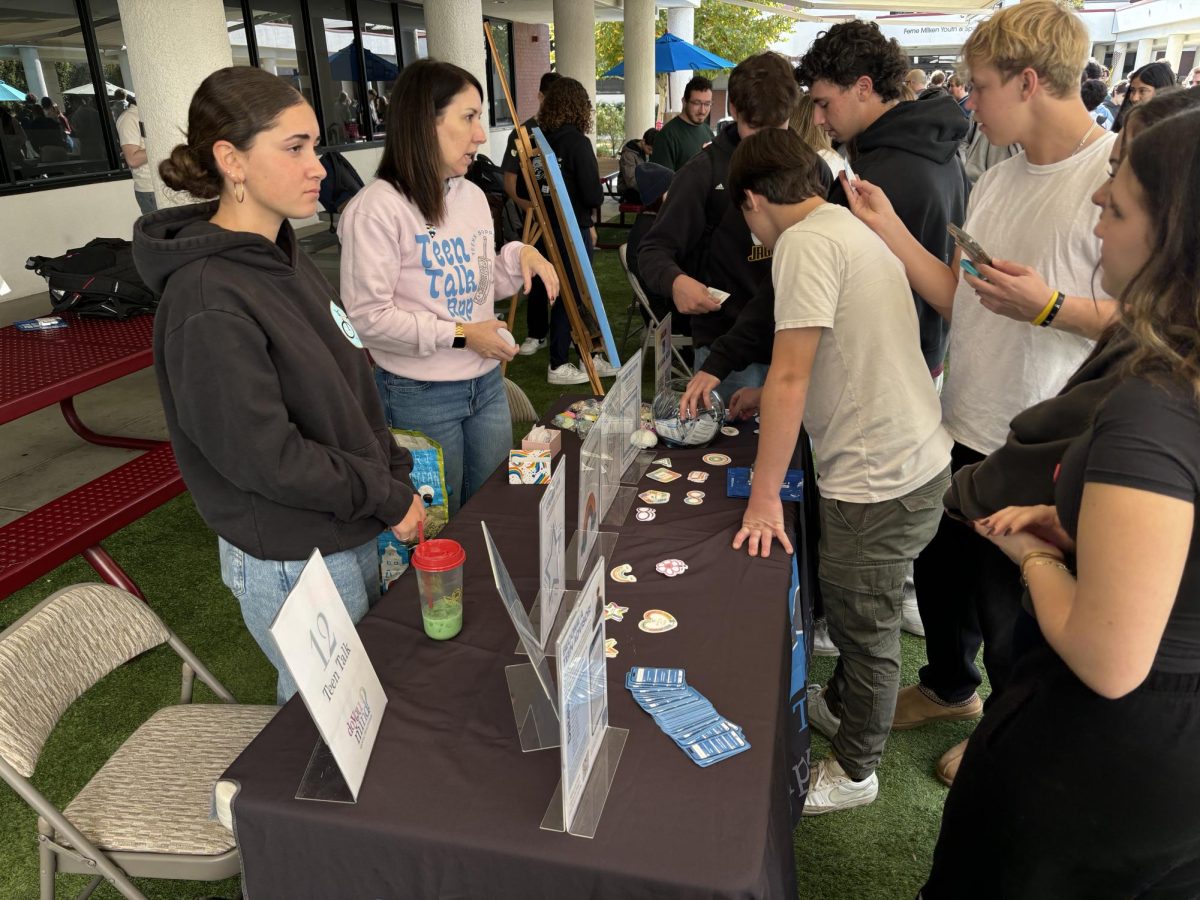One Size Does Not Fit All
October 4, 2017
In the summer of 2009, Brandy Melville moved to the United States, specifically Westwood, California, revolutionizing the fashion industry. Although by no means the first to do so, Brandy Melville is most notorious for it’s “one size fits all” policy, meaning that the clothing sold caters to one size: a size small.
However, this term is detrimental to the progress society hopes to make regarding body image and acceptance. Despite the seeming normality of this issue, Brandy Melville and the fashion industry as a whole are promoting an unrealistic ideal body type.
It is impossible to categorize people into one size because people are not one size. Every human being has a different body type, size, height, and weight, and it is absurd to claim that a single piece of clothing is capable of fitting all types. Yet, the clothing sold in stores continue to promote the “perfect body.” Therefore, the belief that beauty is exclusive to the minority who fit into the category of “one size” continues to persist today.
According to the Los Angeles Times, the average American woman is a size 14. Brandy Melville’s clothing ranges from a size 00-2. This trademark brand does not adhere to the common woman.
It is impossible for young girls not to be heavily affected by the numbers and derogatory terms in front of them. Other popular stores, such as American Eagle Outfitters, quickly followed Brandy Melville on the “one size fits all” bandwagon. This has led to significant emotional, psychological, and social repercussions.
With the immense pressures society puts on women’s’ bodies, especially through the media, this exclusion has been proven to often result in a lack of self confidence and body dysmorphia.
In response to an open letter to Brandy Melville written in 2014, 18-year-old college freshman, Angelina DeRosa said, “I don’t think [Brandy Melville] realizes how much of an impact these things have on everyday people. To say ‘this is what girls should look like’- it’s really hurting the confidence of girls because some people wish they could look like that, so they try and do whatever they can to look that way.”
Studies have shown that beginning at the age of 13 years old, 53 percent of American girls are “unhappy with their bodies,” with the percentage increasing to 78 percent by the age of 17.
Confusion about what is a normal body type is inevitable, as stores such as Brandy Melville insinuate that if the clothes don’t fit, “there must be something wrong with [your] body, not the brand.” In a world where individuality should be emphasized, telling girls that they must fall into a specific category is counterintuitive.
However, if the “one size fits all” trend negatively affects such a large population, why do stores continue to mass produce in one size? Assuming that a person is a size small, the simplest answer is efficiency. There are no size exchanges, no struggles to search for your size. Either the clothing fits, or it doesn’t.
But what happens when it doesn’t fit?
In today’s society, where women are constantly judged based on their outward appearance, it is unacceptable for an influential industry to perpetuate the idea that size discrimination is justifiable. The increasing popularity in enacting the “one size” policy only reinforces the idea that conformity is acceptable, an idea that we today must continue to work tirelessly to eliminate.
Society today prioritizes efficiency and low prices above facing the repercussions of insecurities in the future generations. It is only through taking the initiative to end this size discrimination that society can abandon an era of judgement.

